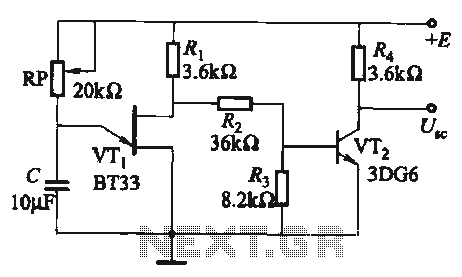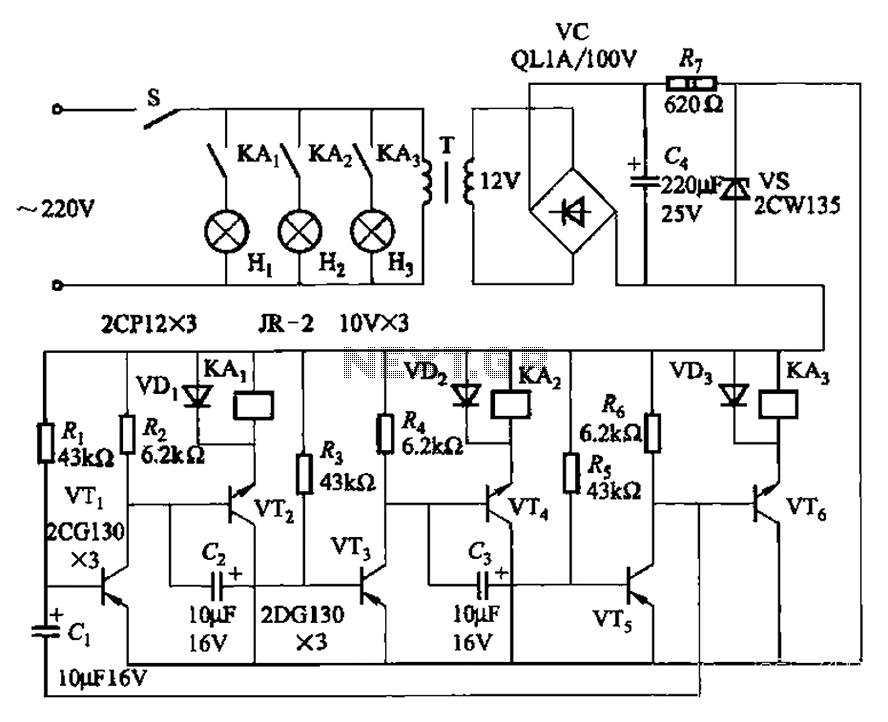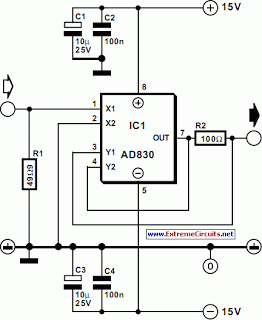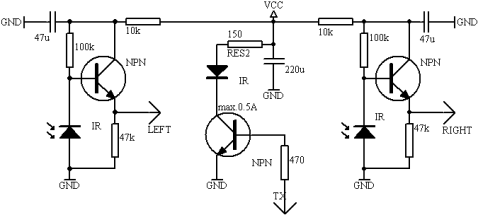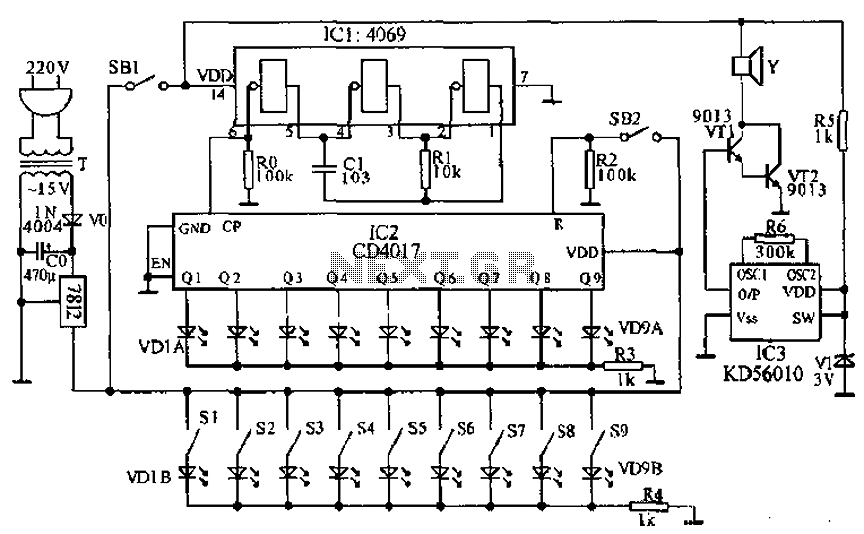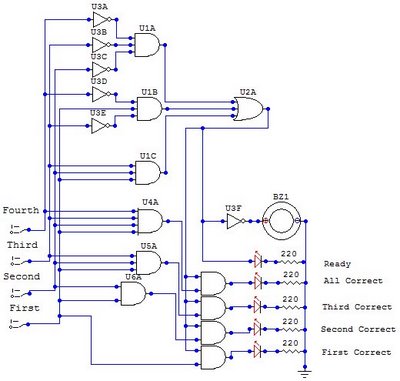
XTR101 bridge input voltage excitation circuit diagram
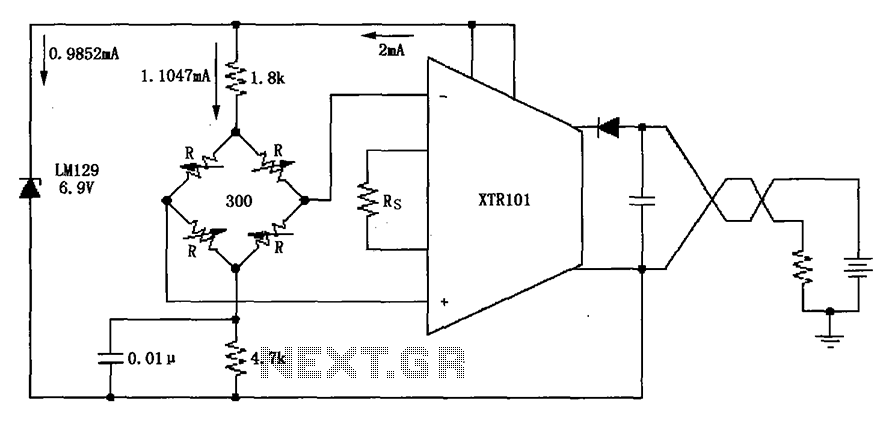
The circuit utilizes the LM129 voltage regulator to produce a 6.9V voltage reference, supplying a current of 1.0147mA from the 6.9V reference voltage to the bridge. The bridge may consist of varistor-type pressure sensors.
The LM129 voltage regulator is a precision device designed for generating stable reference voltages. In this circuit, it is configured to output a nominal voltage of 6.9V, which is crucial for ensuring accurate readings from the connected sensors. The output current of 1.0147mA is specifically chosen to meet the requirements of the bridge sensor without exceeding its operational limits, thereby ensuring reliable performance.
The bridge sensor in this application is likely a varistor-type pressure sensor, which utilizes the principle of resistance change under varying pressure conditions. These sensors are known for their sensitivity and fast response times, making them suitable for applications requiring precise pressure measurements. The bridge configuration allows for differential measurements, which enhances the accuracy of the readings by canceling out common-mode noise and other interferences.
Additionally, the circuit may include passive components such as resistors and capacitors to filter noise and stabilize the voltage output. Proper layout and grounding techniques should be employed to minimize electromagnetic interference (EMI), which can affect the performance of the voltage reference and the sensor readings.
In summary, the integration of the LM129 voltage regulator with a varistor-type bridge sensor in this circuit provides a robust solution for generating a stable voltage reference and accurate pressure measurements, essential for various applications in electronics and instrumentation. As shown, the circuit uses the LM129 regulator to generate 6.9V voltage reference, provided 1.0147mA current from 6.9V reference voltage to the bridge. Bridge may be as pressur e sensors varistor-type bridge sensor.
The LM129 voltage regulator is a precision device designed for generating stable reference voltages. In this circuit, it is configured to output a nominal voltage of 6.9V, which is crucial for ensuring accurate readings from the connected sensors. The output current of 1.0147mA is specifically chosen to meet the requirements of the bridge sensor without exceeding its operational limits, thereby ensuring reliable performance.
The bridge sensor in this application is likely a varistor-type pressure sensor, which utilizes the principle of resistance change under varying pressure conditions. These sensors are known for their sensitivity and fast response times, making them suitable for applications requiring precise pressure measurements. The bridge configuration allows for differential measurements, which enhances the accuracy of the readings by canceling out common-mode noise and other interferences.
Additionally, the circuit may include passive components such as resistors and capacitors to filter noise and stabilize the voltage output. Proper layout and grounding techniques should be employed to minimize electromagnetic interference (EMI), which can affect the performance of the voltage reference and the sensor readings.
In summary, the integration of the LM129 voltage regulator with a varistor-type bridge sensor in this circuit provides a robust solution for generating a stable voltage reference and accurate pressure measurements, essential for various applications in electronics and instrumentation. As shown, the circuit uses the LM129 regulator to generate 6.9V voltage reference, provided 1.0147mA current from 6.9V reference voltage to the bridge. Bridge may be as pressur e sensors varistor-type bridge sensor.
